Our featured patients this month stole our hearts…though they were sometimes difficult to find. Can you spot the critter in question? 👀
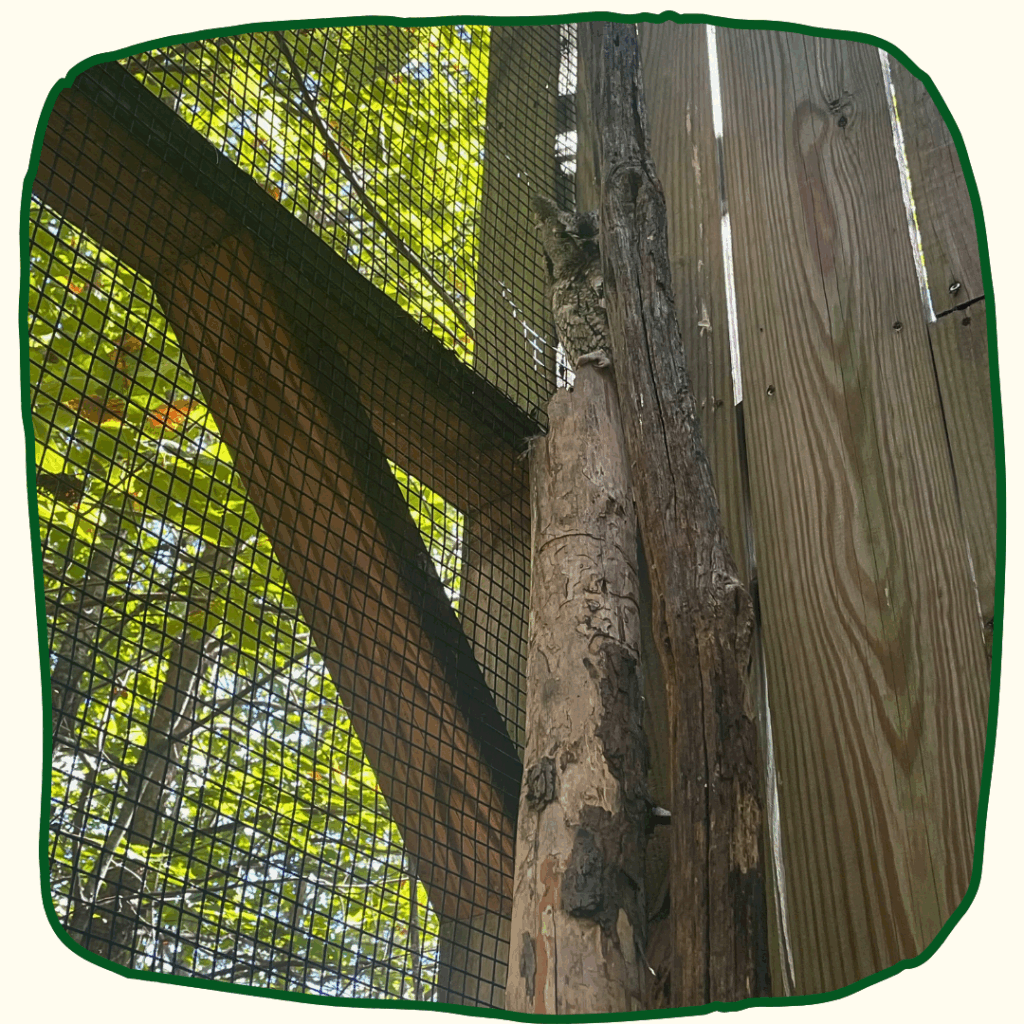
Look a little closer… 🔎
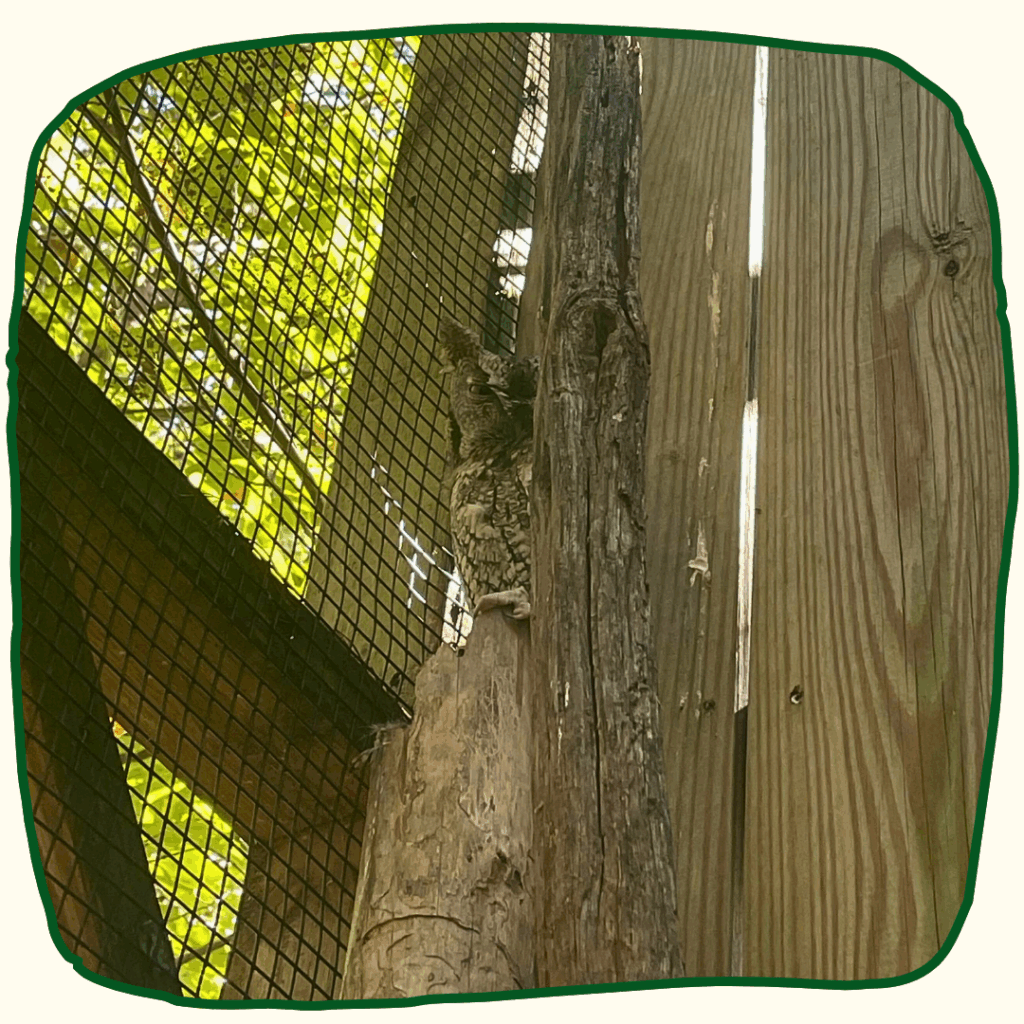
This little camouflaged grouch is one of two charming Eastern Screech-owls we’re thrilled to feature this month: Patients 25-231 and 25-269. 🦉🦉
We released them just last week and wanted to share a behind-the-scenes look at their five months of care.
Screech-Owl Rescue & Early Care
Their journeys began all the way back in early May, when each owlet was orphaned in totally separate circumstances. One rescuer found 25-231 in the middle of a field in rural Amherst County, with no nest in sight. Another rescuer spotted 26-269 on the ground in downtown Harrisonburg. The little owl was extremely dirty and clearly in need of help. Luckily, each owl’s rescuers brought them to our friends at the Wildlife Center of Virginia for an initial veterinary exam and care. After a week of treatment, WCV transferred the two owlets to us at RWS for long-term rehabilitation.
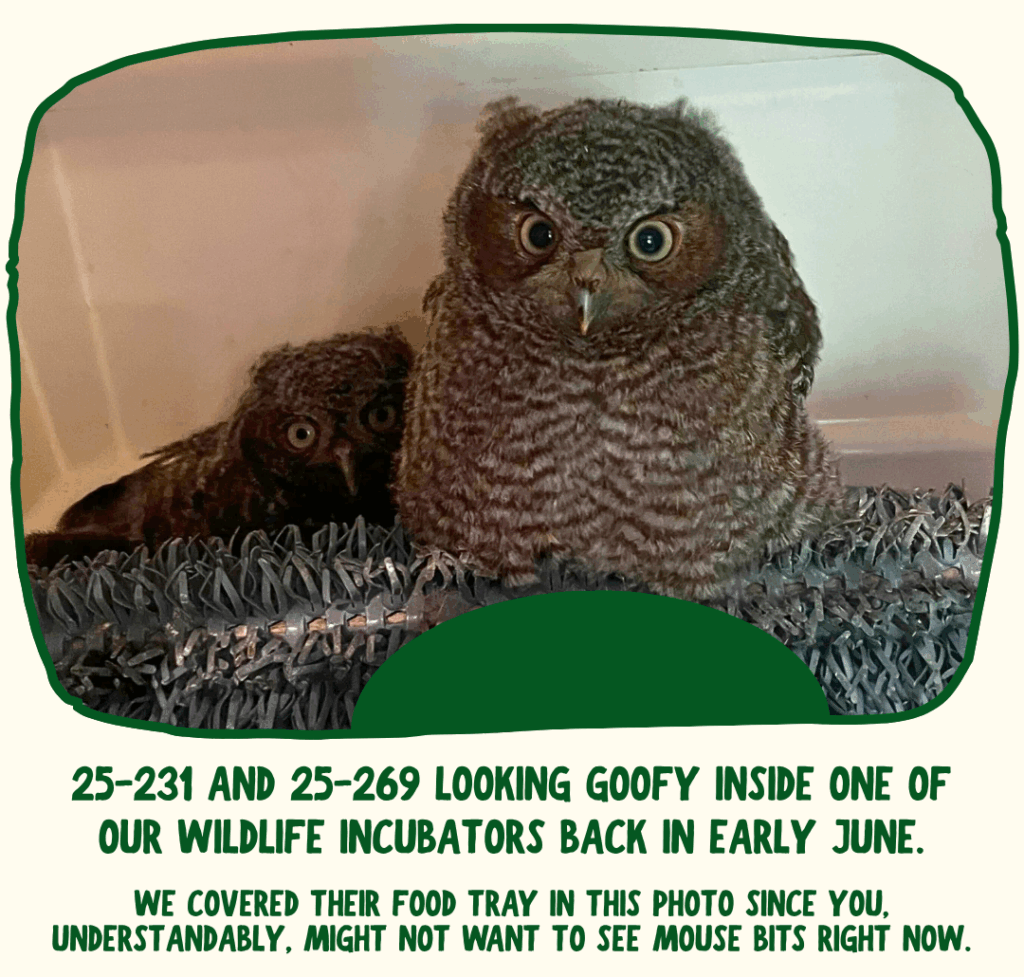
You might be surprised to learn that the most critical aspect of caring for young raptors is not their food or enclosures — though those are, of course, important! However, the number one way to support a baby owl’s rehabilitative success is to ensure it does not imprint on humans. 🙅
Imprinting in Young Raptors
Imprinting refers to a period in a young bird’s development where the baby begins rapidly identifying with the species providing care for it. Not all bird species imprint, but it’s a common early developmental stage for raptors, corvids (crows, ravens, jays), and waterfowl species. We work with all of these species at RWS. 🦉🐦⬛🦆
In most cases, babies will imprint on their own species because their own parents are caring for them. For example, a screech-owl being cared for by its natural owl parents will learn that it’s a screech-owl, just as nature intended! That means that it will learn to eat what its parents eat, socialize how its parents socialize, and recognize threats (or potential mates) appropriately like its parents have.
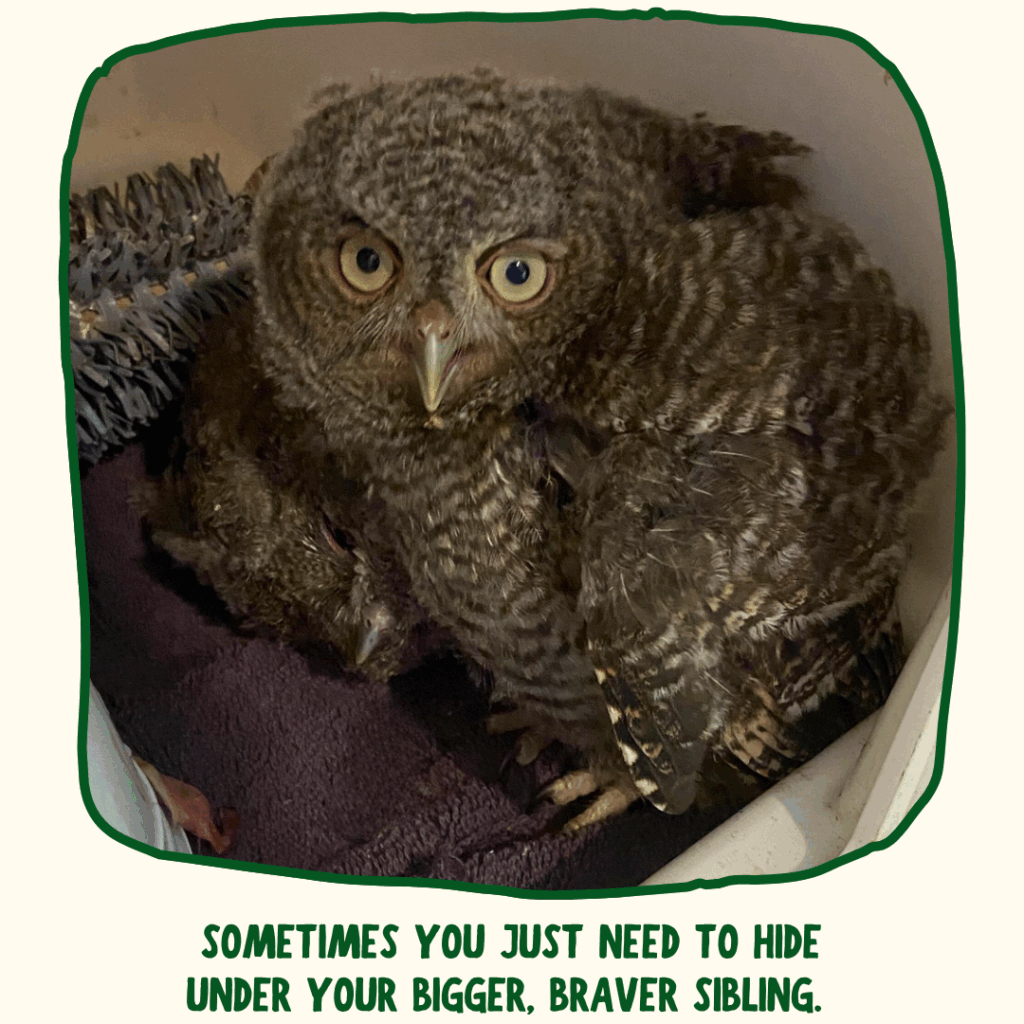
Folks are sometimes surprised to learn that imprinting is permanent. Once a baby bird imprints on its caregivers, it will carry that species identification for life. That’s how we ended up with education ambassador Rosie, who was raised illegally by humans and now thinks he’s a person! Birds like Rosie who have imprinted on humans are simply not suited for life in the wild and often lack the essential skills they need to survive. Human-imprinted birds might struggle to forage, socialize, or even find a mate. Some might exhibit dangerous friendliness towards humans or even injure them.
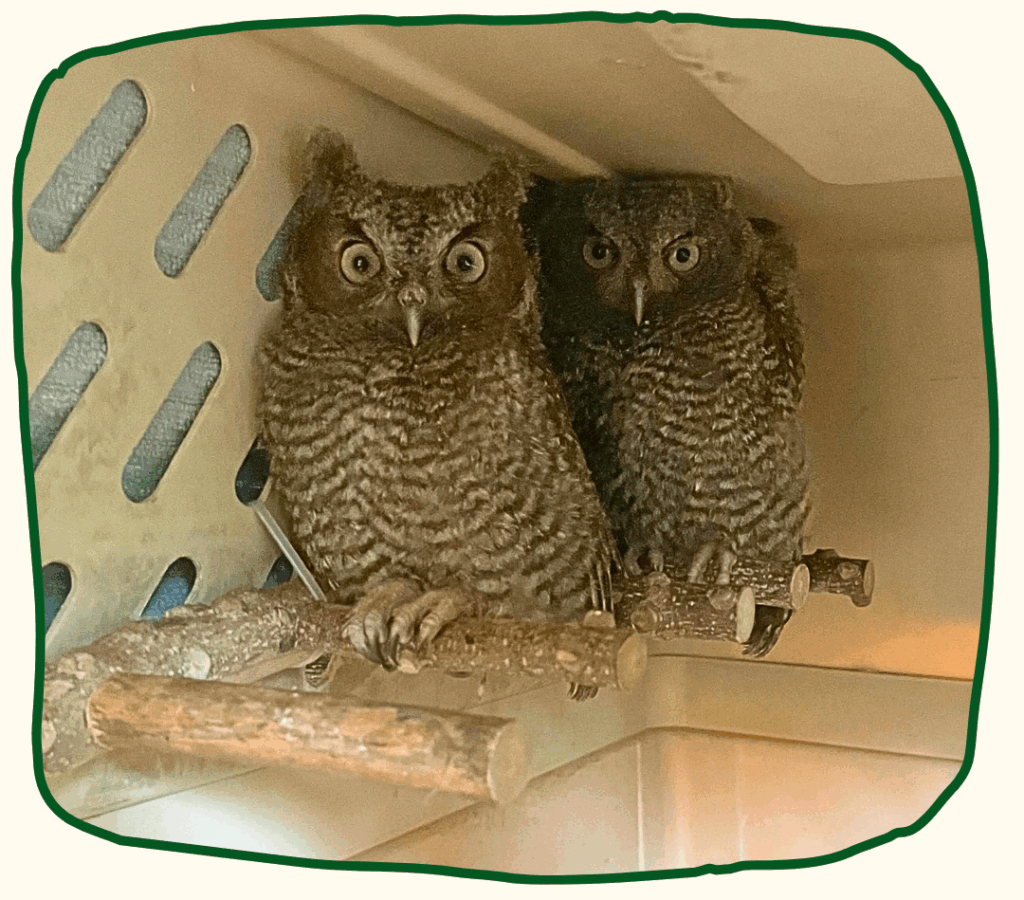
Preventing Imprinting in Captivity
Knowing this, our team takes great care when rehabilitating young raptors like these Eastern Screech-owls to ensure the babies imprint on their own species rather than us pesky humans. This includes:
- 👯♀️ Finding a conspecific (same-species) buddy. We network with rehabbers across the state to pair up vulnerable young orphans with new “siblings” of the same species. This helps them learn essential socialization and foraging skills.
- 🪞 Providing a mirror. This is especially essential for lone raptor babies, but it sure can’t hurt even for a small clutch like we had! Having a mirror allows a baby to view “another” owl all day, preventing accidental imprinting on humans.
- 🤫 Staying quiet. Our wildlife care nursery is usually a whisper-only zone, but we enforce total silence when we have young raptors, corvids, or waterfowl in care. We also play white noise or unedited birdsong recordings all day long to drown out ambient noise from the rest of our rehabilitation facility.
- 🥸 Hiding our faces. Our team wears dark gloves and full-coverage camouflage masks when providing care for young raptors. This shields our faces from the babies while still allowing us to see them. They’re also very fashionable, if we do say so ourselves.
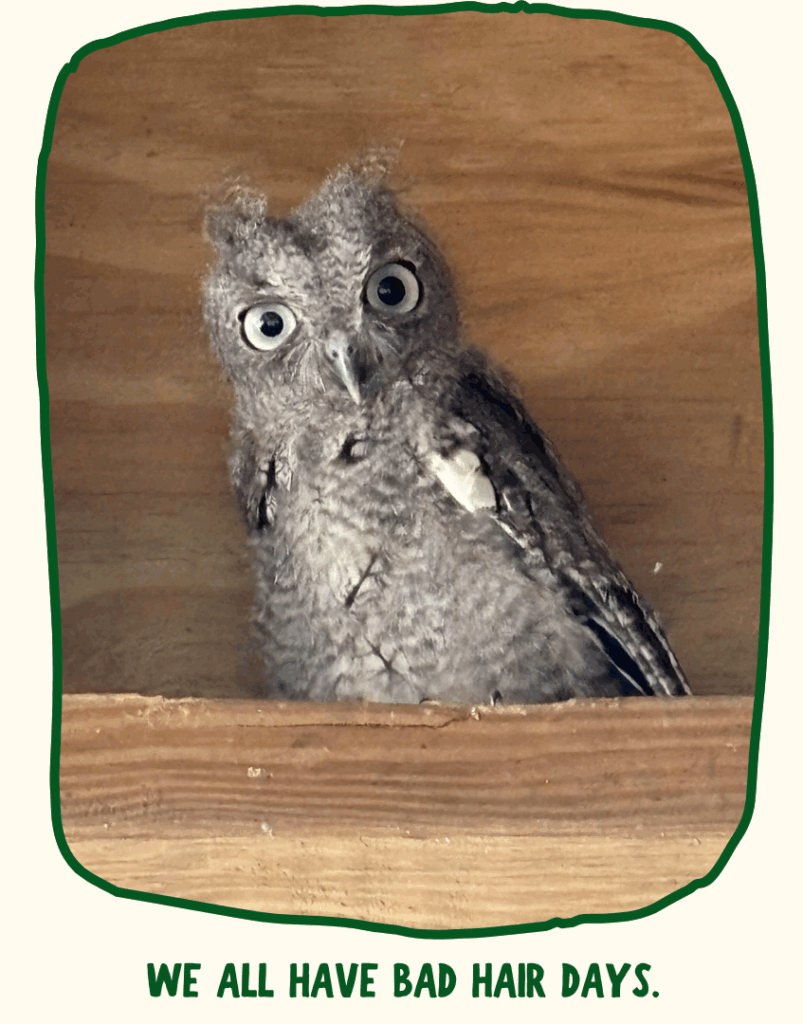
With those anti-imprinting measures in place, our team prepared a diet plan that matched how baby Eastern Screech-owls would eat in the wild.
Screech-Owl Diet & Enclosures
You might be familiar with owl pelleting. Perhaps you even dissected an owl pellet in school science class! Owls eat their prey quickly, swallowing whole items and later regurgitating all of the bits their stomachs cannot easily digest like bones, fur, and feathers.
Baby owls, however, do not make pellets right away. Instead, their mom and dad use their mouths to gently remove the fur and bones from their meals before feeding it to the nestlings. Our team must do the same to prepare meals for our youngest owls patients! (Alright, we admit it’s not exactly the same since we don’t use our mouths to prepare their meals. 😆) As 25-231 and 25-269 grew, we provided meals that were more intact. After about three months, they were already eating whole mice and casting pellets with ease!
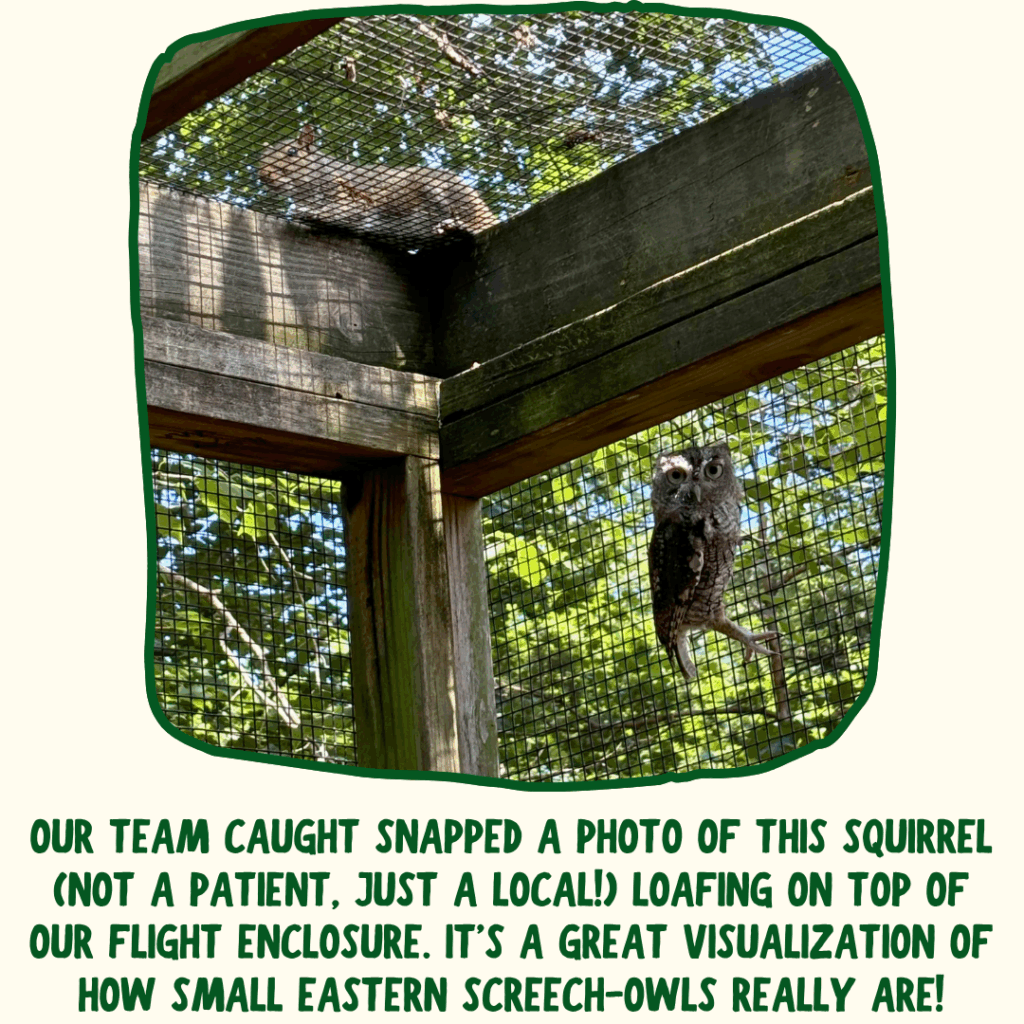
As the two owlets grew stronger, they graduated through three different enclosures at RWS, each one designed to help them build new skills. 💪
- Wildlife Nursery (May–early July): The nestlings started off in our nursery where they lived in an incubator first and then a spacious crate. This provided the same enclosed feeling they would experience in the safety of their nest. Outfitted with branches, leaves, and special perches, the cozy space was where the owlets learned to balance, perch, hop, and feed themselves.
- Aviary Pen (early July–early September): This outdoor enclosure was outfitted with hide boxes and plenty of logs and branches. It’s where the juvenile owls took their first cautious jumps and, eventually, flights.
- Flight Enclosure (early September–early October): Our biggest, most secluded enclosure afforded the owls the opportunity to build their flight stamina and practice hunting with live-prey testing. Our team monitored their hunting progress through game cameras, which captured some silly photos like these.
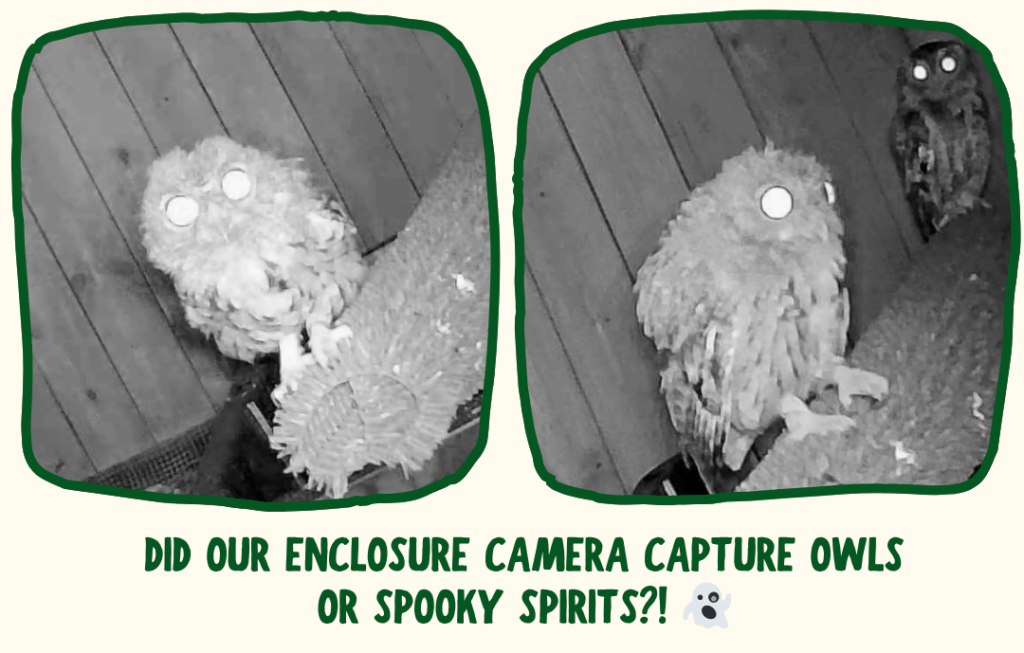
Sweet Release!
Finally, after roughly five months, the two Eastern Screech-owls had passed all of their tests with flying colors. (See what we did there? Heh.) They could soar like planes, hunt like predators, and, most importantly, behave like owls! Their obvious displeasure at seeing our team every day was confirmation that they viewed humans as the threats we (unfortunately) are to them.
The former fluffballs were now formidable owls, ready to take on the world. 🥲
Our friend Konrad from Tonal Photo was there to capture their big release. Check out these gorgeous shots from their first few moments of freedom! 📸
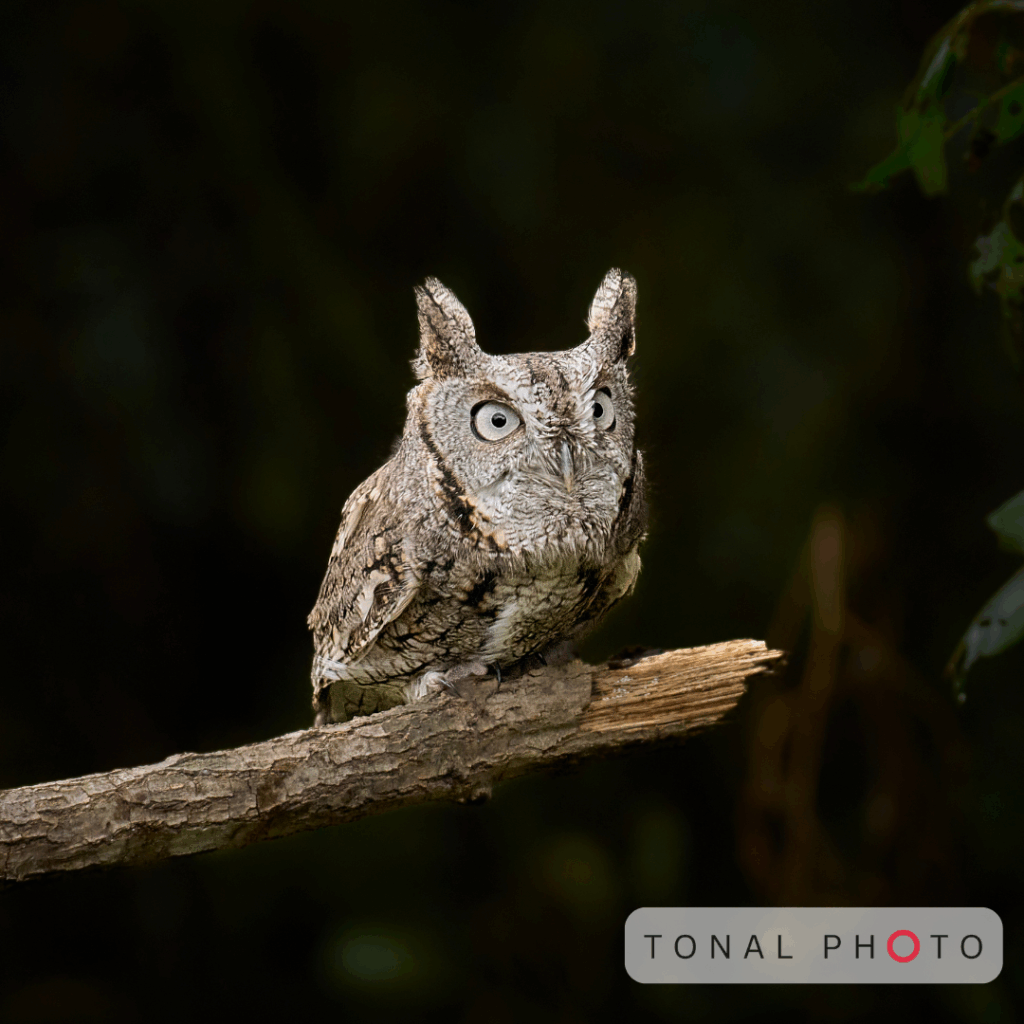
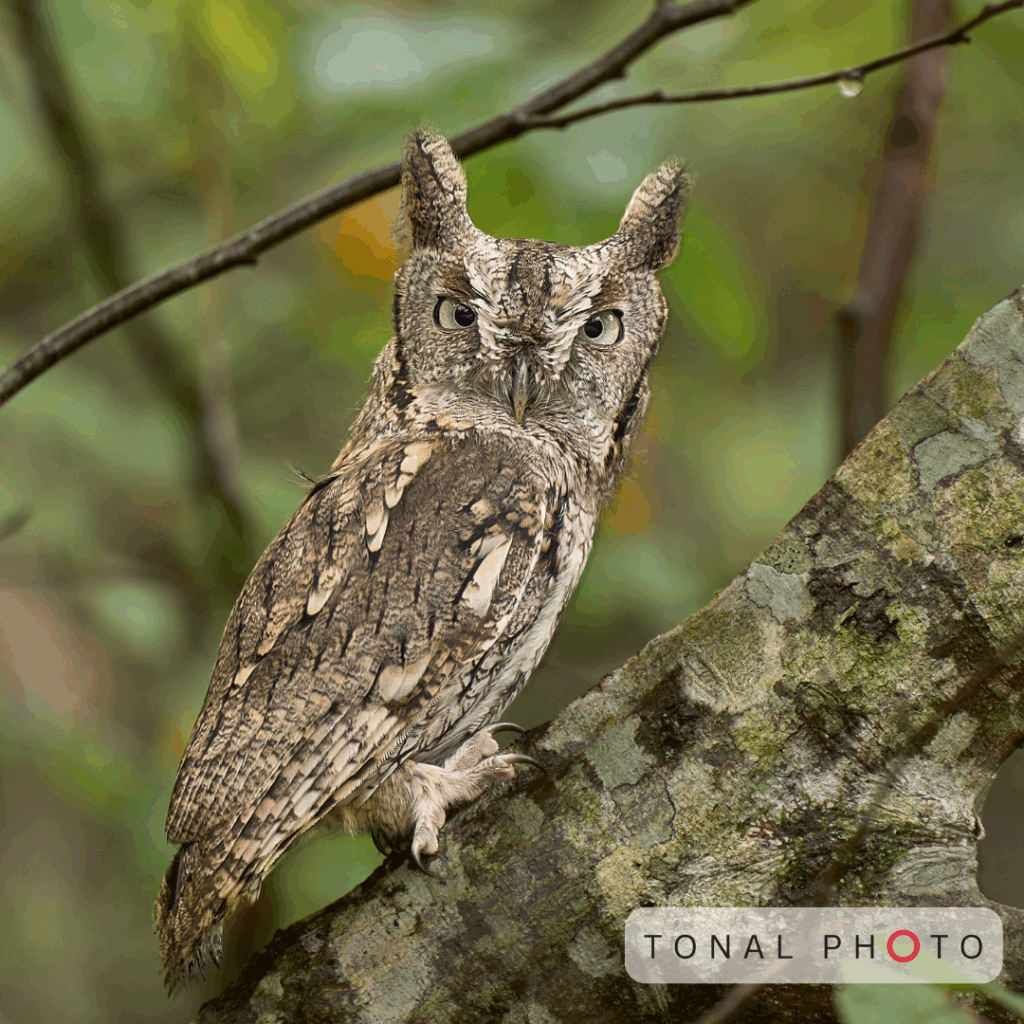
We hope you enjoyed learning about the journeys of these charming Eastern Screech-owl patients. Wildlife rehabilitation is a truly collaborative effort, and each of our supporters has a hand in every successful release! ❤️
Join us in celebrating stories like these at our Sanctuary Soirée in November.
Remember, today is the last day to grab tickets at a discounted early bird price! See you there. 🎉
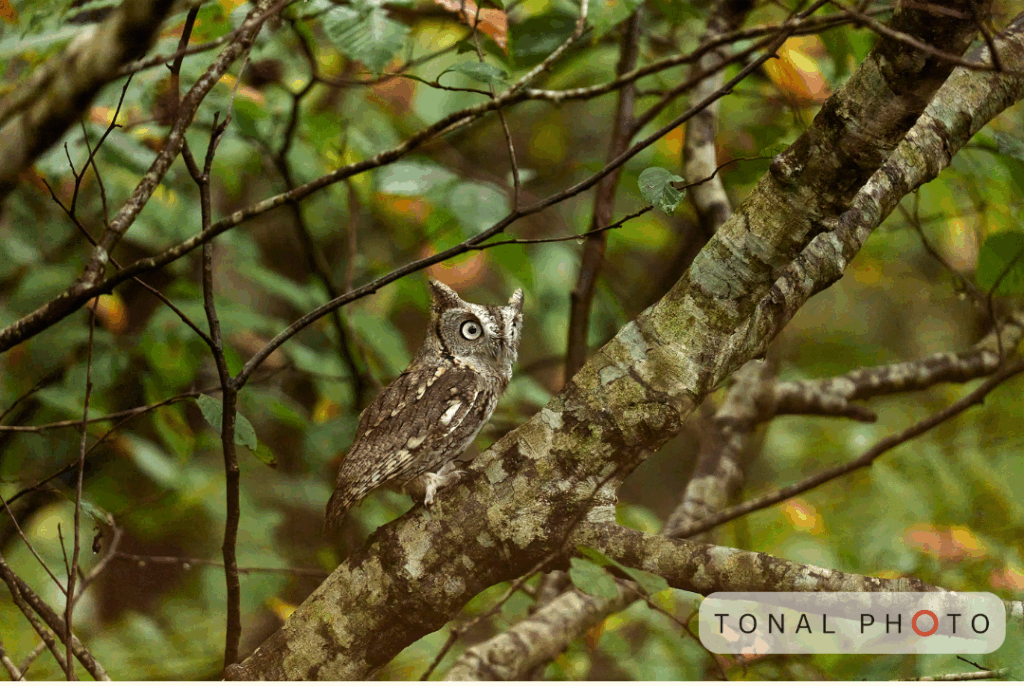
October 14, 2025
Published:
Be the first to comment!